https://www.ericcointernational.com/application/effect-of-latitude-on-gyroscopic-theodolite.html
Introduce
The gyro-theodolite is a precision directional instrument that is widely used in mining, surveying and mapping and other fields. The pendulum gyro theodolite is currently the most accurate measuring instrument for north finding in engineering applications. It is mainly composed of a gyroscope and a theodolite/total station. This article uses the gyro theodolite for unified description. Its working principle is to realize the true north position measurement by using the component of the earth's rotation angular velocity sensitive to the gyroscope on the gyro sensitive axis, and the angle between the target position and the true north position is determined by the theodolite/total station. Before measuring, the instrument must be leveled to keep the gyro sensitive axis horizontal. Theoretically speaking, the geographical latitude of the instrument when measuring will inevitably have a certain impact on the orientation accuracy and instrument constant stability. The orientation accuracy and instrument constant stability of the gyro-theodolite are key indicators for evaluating the performance of the instrument. The effect of latitude on gyrotheodolite will be introduced in detail below.
Effect of latitude on gyroscopic theodolite
Latitude will have an impact on the north finding of the gyro theodolite. Generally speaking, the gyro theodolite can be used to measure any point within 75° of the north and south geographical latitude. However, for the same instrument, the measurement accuracy will vary when measuring at different latitudes.
1.Relationship between latitude and non-tracking period
The tracking period and the non-tracking period are of great significance to the orientation accuracy of the pendulum gyro theodolite. They are important parameters of the gyro theodolite. They change with the change of latitude. The accuracy of their acquisition or correction can directly affect the performance of the gyro theodolite. Orientation accuracy. The higher the latitude, the larger the non-tracking period.
2.The relationship between latitude and scale coefficient
When the latitude changes, both the tracking period and the non-tracking period change accordingly, and the proportional coefficient is related to the tracking period and the non-tracking period. Its calculation is shown in Equation (1), so the proportional coefficient also changes with the latitude.
![]() (1)
(1)
3.The relationship between latitude and pointing moment
The north-pointing moment is the precession moment generated by the horizontal component of the earth's rotation that is sensitive to the gyro system. Its magnitude directly affects the orientation accuracy of the gyro-theodolite, and decreases as the latitude increases. At the equator, the gyro north-pointing moment is the largest. In engineering, the magnitude of the pointing moment is shown in formula (2)
![]() (2)
(2)
4.The effect of latitude on orientation accuracy
Theoretically, the orientation accuracy of the gyrotheodolite is the highest at the equator, and the accuracy decreases as the latitude increases. It is generally believed that when the latitude is above 75°, the orientation accuracy of the gyro-theodolite is very low or even impossible. From formula (2) we can know:
When θ=90°, the H-axis points due east (or due west), and the pointing moment is maximum;
When θ=0, the gyro axis is located on the meridian, the north pointing moment is zero, and the gyro is in a steady state;
When Φ = 90°, the gyro-theodolite is located at the earth's poles, the pointing moment is equal to zero, and the gyro-theodolite loses its directional function.
Under the same deflection angle θ, the pointing moment of the gyroscope in low latitudes is larger than that in high latitudes. Theoretically, as long as there is a pointing moment (precession moment), the gyro axis points in the true north direction. However, due to the processing and assembly errors of the gyro, the gyro axis is disturbed or drifts around the meridian plane. To make the gyro seek north normally, it requires a pointing torque to reach a certain level. Therefore, the north seeking range of the gyro should generally be in the north-south geographical direction. Within 75° latitude. Within this latitude range, due to the influence of pointing torque, the north-seeking accuracy of the gyroscope in low-latitude areas is higher than that in high-latitude areas.
Summarize
Through the above analysis, it can be seen that in theory, the higher the latitude, the worse the accuracy of the gyro-theodolite. Latitude affects the pointing moment, instrument constants, proportional coefficients, etc. of the gyro-theodolite, which directly or indirectly affects the measurement accuracy of the instrument. The higher the latitude, the lower the measurement accuracy of the gyro-theodolite. Especially for achieving high-precision gyro north finding, the influence of geographical latitude is one of the factors that needs to be considered. The method of test fitting can be considered to compensate for the latitude influence. As an independently developed inertial navigation company, ERICCO's gyro-theodolite products have relatively high accuracy. For example, the ER-GT-02 ultra-high-precision gyro-theodolite can achieve ultra-high-precision north seeking. Its measurement principle is the integration method and is anti-interference. Features of strong capability and high stability. And ER-GT-02 can also be used in tunnel penetration measurement, subway engineering survey, survey mining, etc.
If you want to learn about or purchase our company's gyro-theodolite, please contact our relevant personnel.

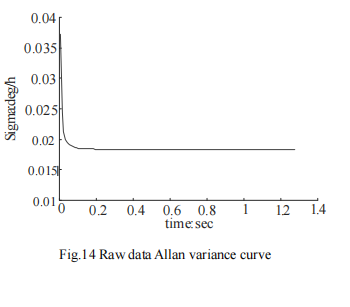
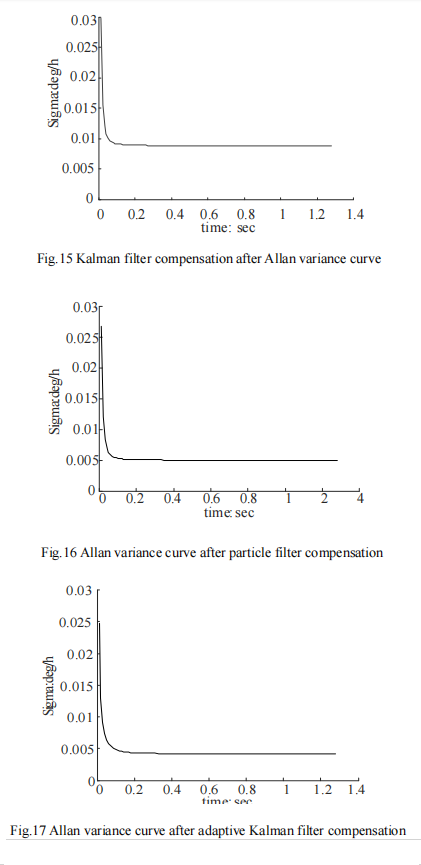


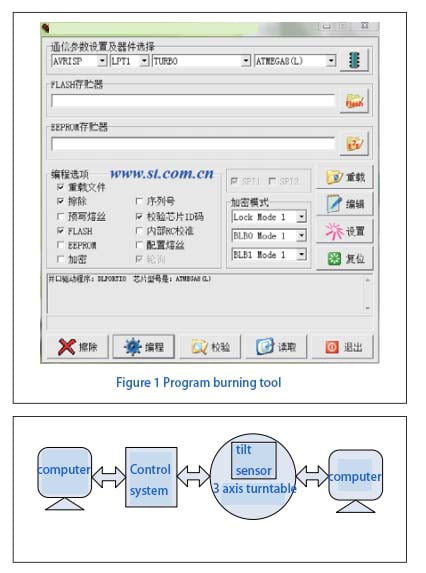
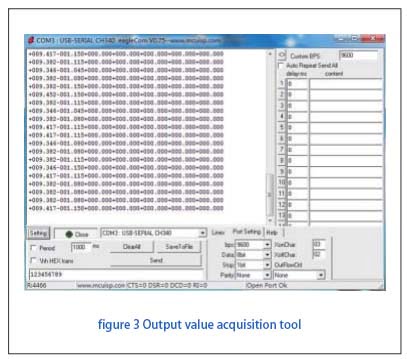
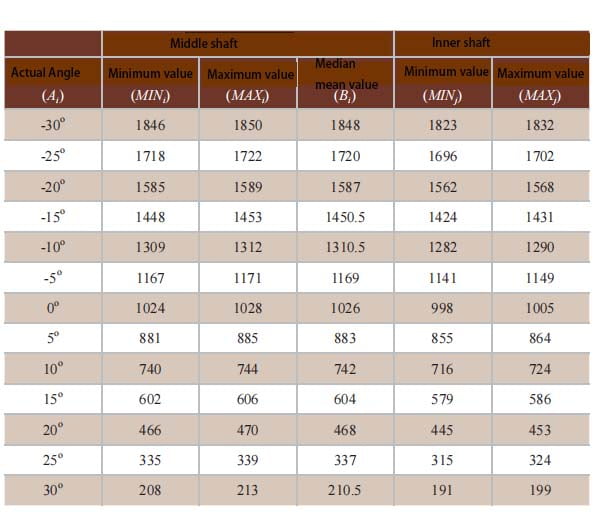
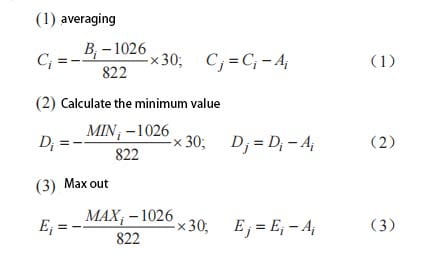
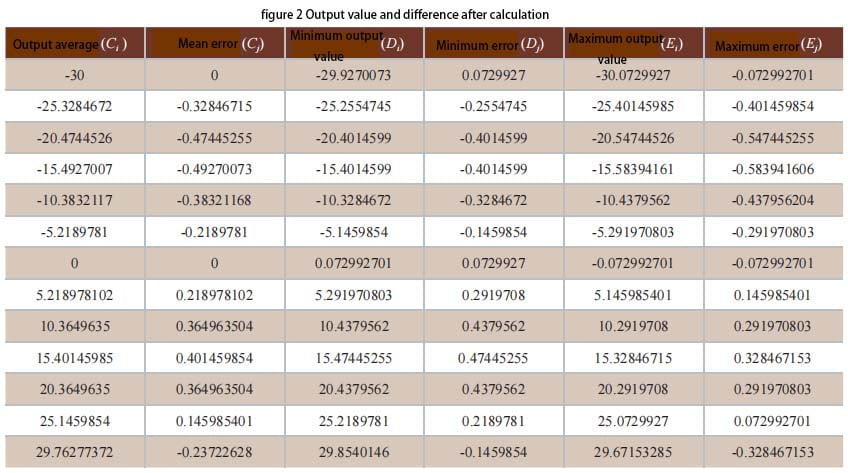
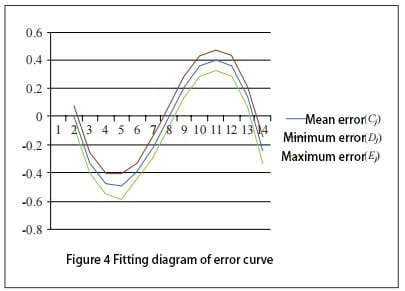
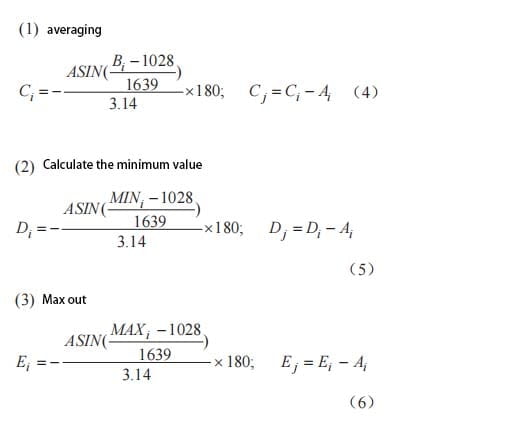
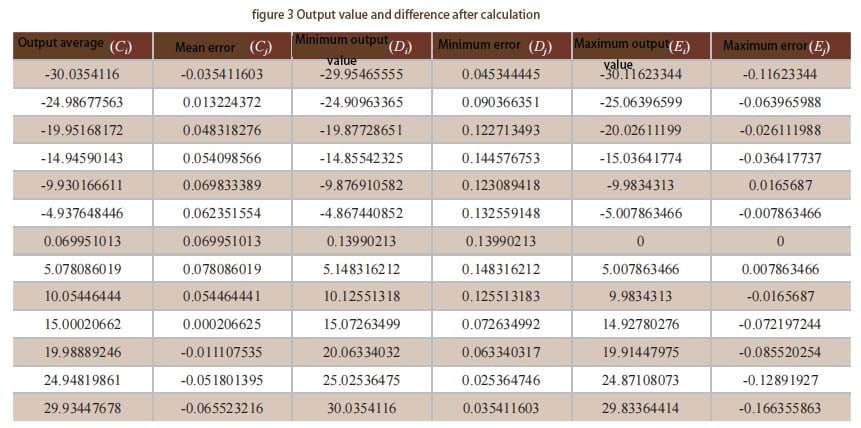
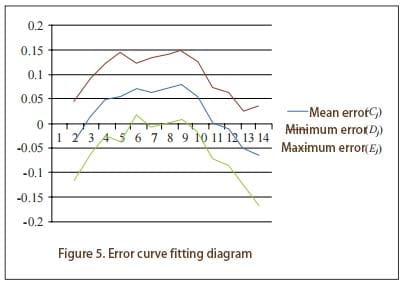

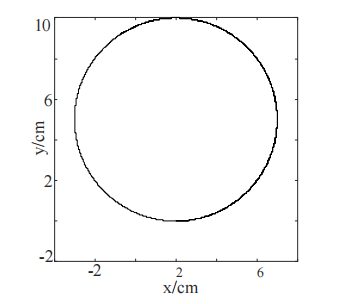
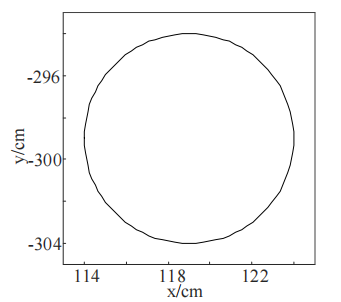
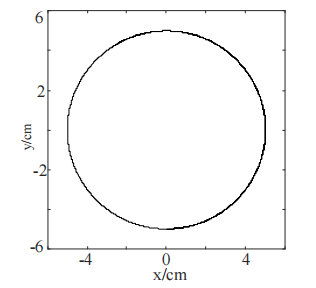

.jpg)
